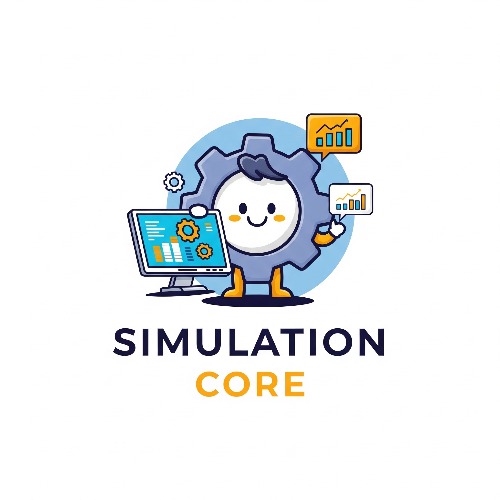🧪 [Plant Simulation Study #01] – Body Welding Line Demo

🎬 Overview
In this post, I’d like to introduce one of the Plant Simulation demo models I’ve developed as part of my personal research.
This demo was designed to help visualize and understand specific concepts within industrial environments and simulation techniques.
- Model Theme: Body welding line balancing and control
- Purpose: Testing robot control logic and evaluating process balancing
- Used Features: Station, MU Attributes, Method Triggers, etc.
🎥 Demo Video
💡 The video below shows an actual simulation model built in Plant Simulation.
👇 Click to watch the demo!
https://youtu.be/T0fLsoWg9Fk?si=chHo4DfmtrBmUMY7
🛠️ Key Simulation Configuration
| Process Flow | Source → Primary Welding Line → Secondary Welding Line → Inspection → Drain |
| Core Logic | Robot control for each welding line using Methods |
| Experiment Variables | Adjustable joint speeds and welding positions for each robot |
| Used Features | Station, MU Attribute, Method Trigger, etc. |
📈 Analysis & Summary
- Simulation Results:
Analyzed utilization rates of each welding line and verified line balancing status. - Insights:
Demonstrated that each welding robot can be controlled independently within the system.
🔍 Real-World Application & Future Direction
- Industrial Use Cases:
Identifying bottlenecks in actual welding lines, supporting decision-making through virtual experiments, and checking production line balancing. - Further Development Ideas:
Expand to full-process simulations for optimal line balancing and performance analysis.
🧠 Final Thoughts
This model was developed with a focus on line balancing for body welding processes using Plant Simulation.
It demonstrates how independently controlled robots can impact throughput and efficiency across a multi-step welding line.
